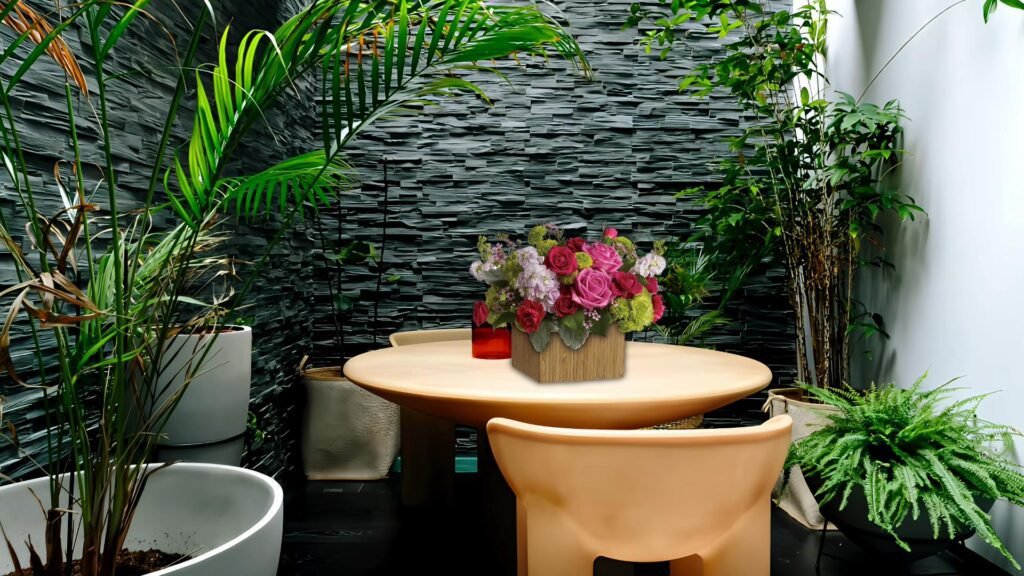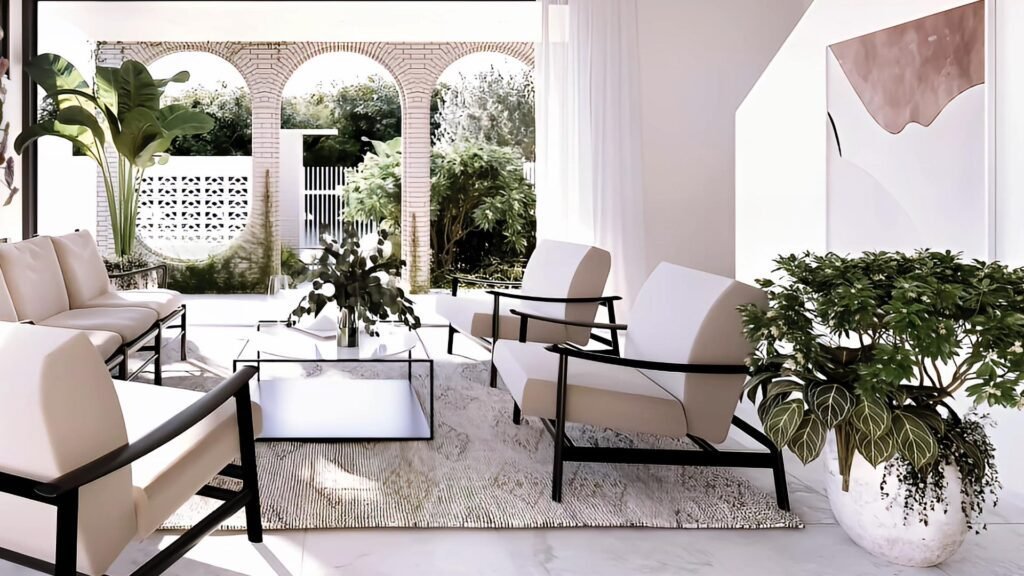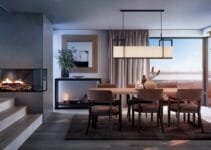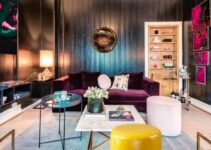DESIGN TRENDS – BIOPHILIC DESIGN
Biophilic design is a concept that tries to improve people’s connections with nature within the built world. It is founded on the premise that humans have an intrinsic desire and proclivity to engage with nature and other living things, which can benefit their health, well-being, and productivity. Natural light, ventilation, plants, water, materials, colors, shapes, patterns, noises, and fragrances are all used in biophilic design to bring nature into indoor settings. Biophilic design can also create a feeling of place and identity that is reflective of the site’s culture and ecosystem.



For your inspiration, please read our article watch the newly uploaded video from our YouTube channel:
“Grig Stamate – Interior Design Solutions”
https://www.youtube.com/@GrigStamate
DESIGN TRENDS, Biophilic Design, INVITE NATURE IN (video)
Here, you can see other related videos from our channel:
New Ways to Decorate with Plants | Home Decorating Trends (video)
Beautiful Living Rooms, #13: Add Indoor Plants to Spruce Up the Space (video)
BIOPHILIC DESIGN – NOT A NEW CONCEPT
Biophilic design is not a new concept, but it has acquired more attention and appeal in recent years as a result of human urbanization and environmental issues. Some of these difficulties can be addressed through biophilic design, which reduces stress, improves mood, improves cognitive function, boosts creativity, fosters social connection, and promotes environmental awareness and stewardship. Building owners and operators can profit from biophilic design by boosting the value, attractiveness, and performance of their spaces.



BIOPHILIC DESIGN – INVITE NATURE IN
Biophilic design is a concept that seeks to incorporate nature into the built environment in order to improve the well-being and performance of those who live and work in these settings. Biophilic design can be used at multiple scales, from urban planning to domestic design, and can incorporate a variety of components, including plants, water, natural light, natural materials, natural shapes, and natural views.
BENEFITS OF BIOPHILIC DESIGN



Some of the advantages of biophilic design include:
It can lower stress, blood pressure, and heart rate while also improving mood, focus, and creativity.
It has the potential to boost productivity, learning, and enjoyment in companies and educational settings.



BIOPHILIC DESIGN CAN BE APPLIED AT DIFFERENT SCALES
Biophilic design may be used at various scales, from buildings to cities, and has benefits for both occupants and the environment, such as stress reduction, mood enhancement, increased creativity, and energy savings.
Here are some examples of biophilic design:
Green roofs or walls that promote flora and biodiversity.
Water elements or fountains that generate relaxing noises and humidity.
Skylights or windows that allow natural light and views of the sky.
Natural materials or textures that elicit a tactile response.
Natural-looking curved or organic shapes
Spaces that evoke a sense of containment, openness, or possibility.
CONCLUSION
Biophilic design is about developing a meaningful and emotional connection with nature as well as aesthetics. Biophilic design has the potential to improve the quality of life and well-being of individuals who live and work in the built environment.
Other related posts from our website:
Let’s see here, three of them:
https://howtobuildahouseblog.com/hanging-plants-in-small-rooms-plant-inspiration-for-apartments/
https://howtobuildahouseblog.com/new-ways-to-decorate-with-plants-home-decorating-trends/
https://howtobuildahouseblog.com/add-indoor-plants-to-the-living-room-decor-to-spruce-up-the-space/
Thank you so much for your attention.
We also sincerely hope you like our ideas from this post, and you have also enjoyed our uploaded YouTube video.
See you next time at another article.
Thank you so much for your time. Bye now!


